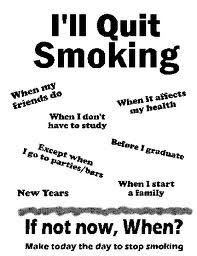The risks of smoking are being addressed in China, where roughly 300 million people or one quarter of the population are puffing away. The number is rising by about 3 million new smokers each year, and according to statistics of the WHO 700,000 die each year from smoking.
In November of 2003 China joined the Framework Convention on Tobacco Control (FCTC), a subsidiary of the World Health Organization. As a member China is now obliged to tighten restrictions on cigarette marketing and consumption.
Due to an economic boom in the country foreign tobacco giants are putting their hope into this rising market, as revenue has decreased elsewhere in the world. So far tobacco taxes, which are collected from the 1.7 trillion cigarettes sold in China amount to 8 billion $US or one tenth of government revenue. In the wake of SARS, however, the realization has come to the forefront, that health care cost have a severe impact on the economy of a country. Despite the seemingly enticing short-term gain from tobacco tax revenue, short cuts in health care can economically damage a country in the long run.
Health officials will have a battle with their counterparts in finance, when it comes to implementing tobacco control. In some areas of the country the sale of tobacco products to children has been banned and an attempt has been made to restrict cigarette commercials.
Powerful tobacco lobby groups actively undermine these efforts.
It is encouraging to see at least a beginning of public education about the risks of smoking. However, in a nation where cigarette manufacturing and consumption are the highest worldwide, it will be a long and arduous journey to clear the air to better health.
Based on The Lancet 363, No. 9402 (Jan. 3, 2004)
Last edited December 8, 2012






